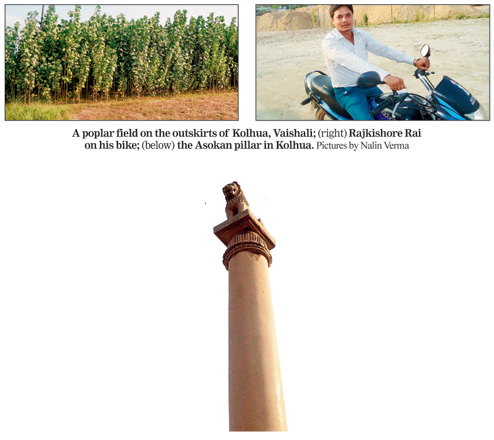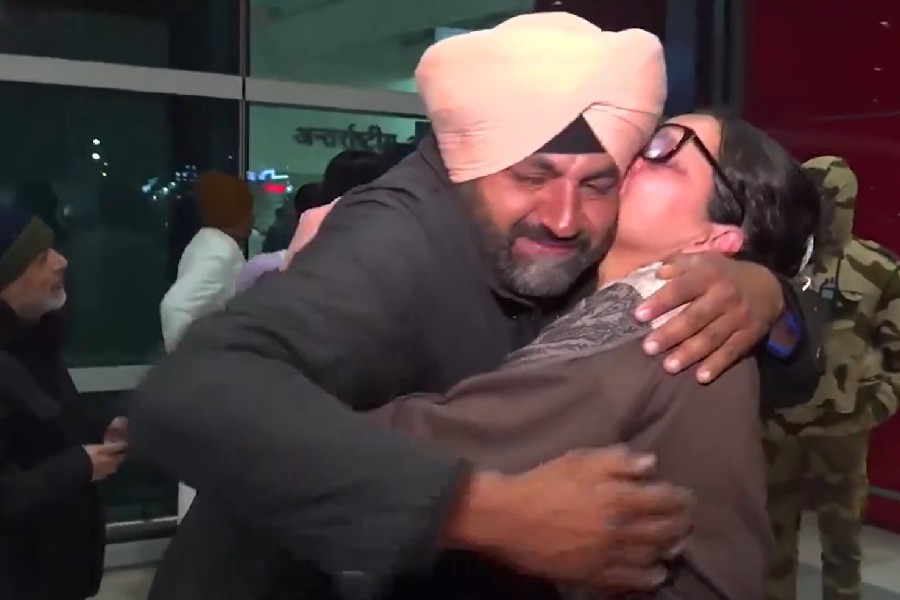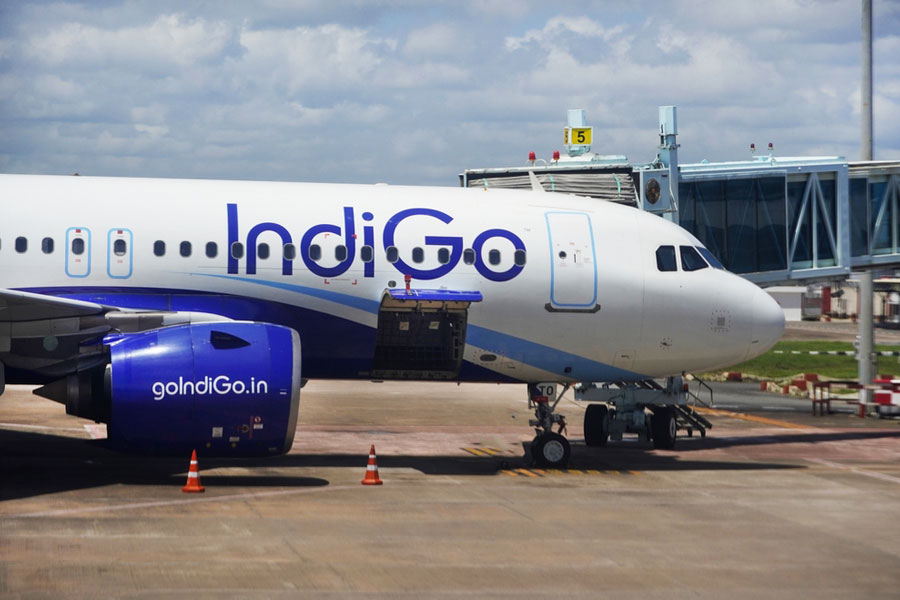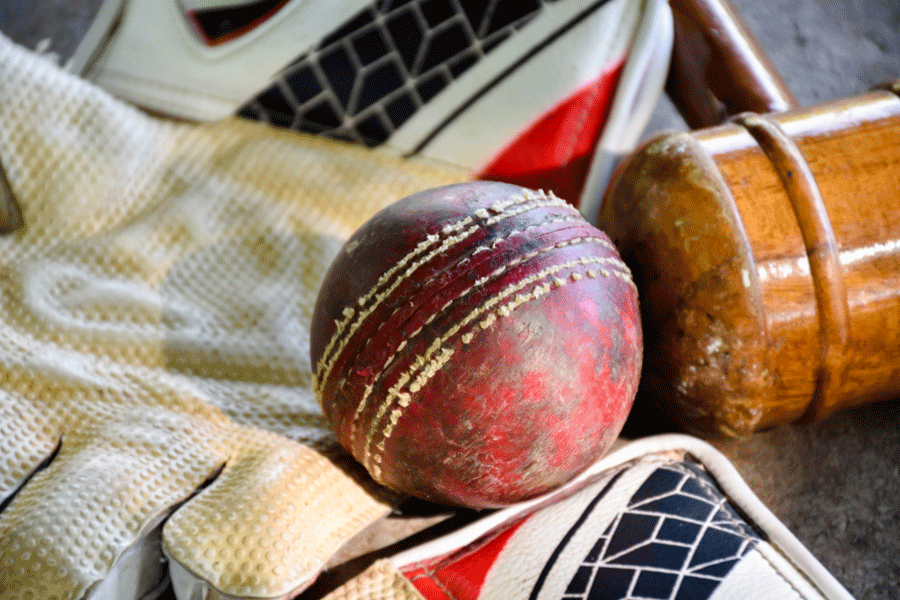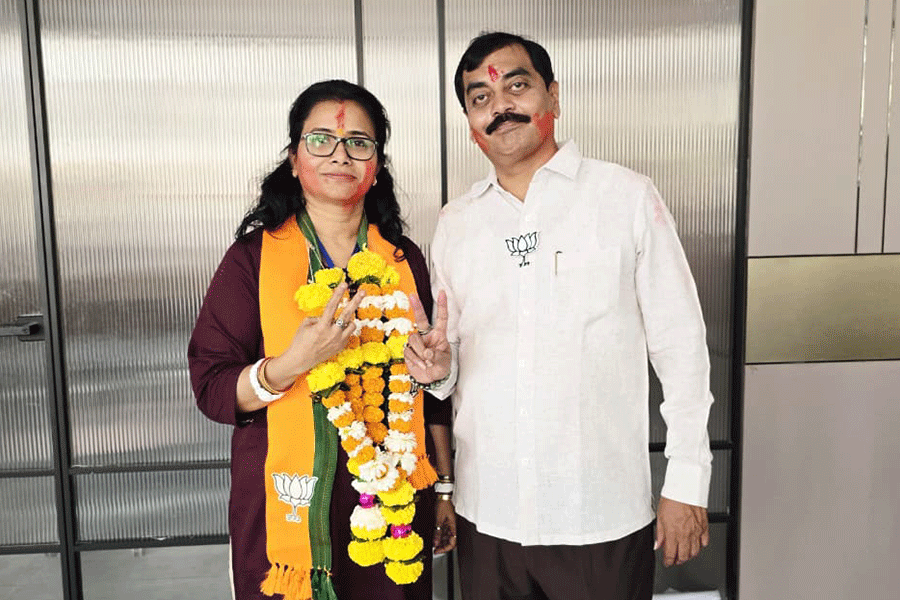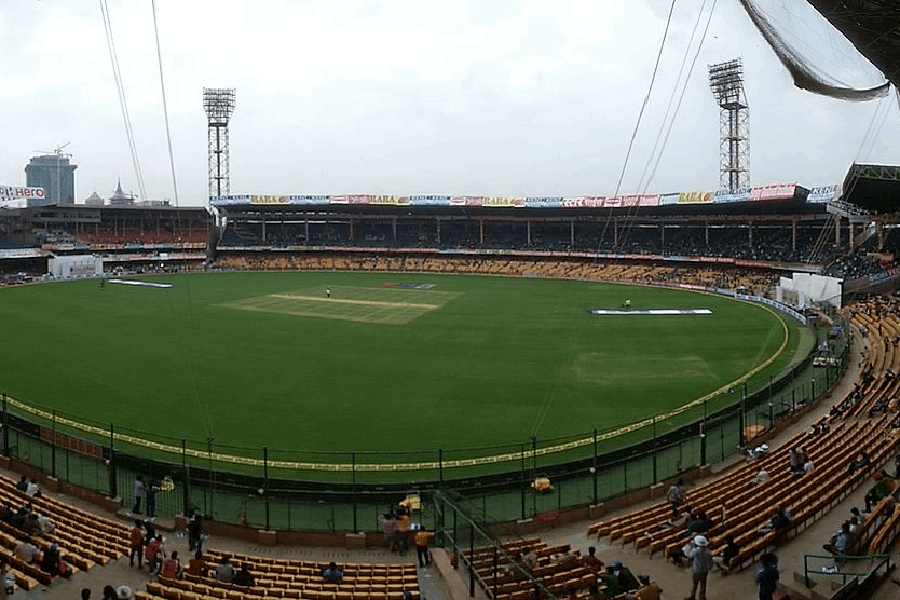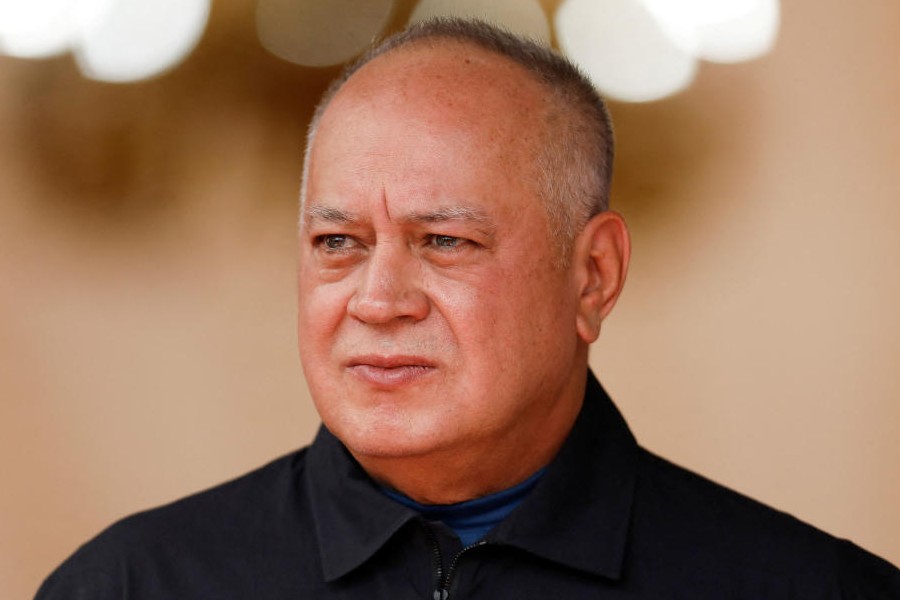One side of the Mahatma Gandhi Setu will be completely demolished for erecting a steel framework and vehicles will be allowed to ply only on the other side during an ambitious overhaul of the dilapidated key bridge expected to commence later this year and continue for three-and-a-half years.
The Union cabinet on Wednesday approved rehabilitation of the Setu at an estimated cost of Rs 1,742.01 crore. Of that, Rs 237crore is expected to be spent on dismantling the structure that will be replaced by the steel framework.
The Union ministry of road, transport and highways has started the bidding process for the Setu overhaul utilising steel-structure technology. The last date of submission of bids is July 15.
The repair work will be executed as per the detailed project report prepared by Mumbai firm SN Bhobe & Associates Pvt Ltd. The National Highways Authority of India (NHAI) had appointed the firm to prepare the detailed project report on November 30, 2011.
The repair work has been divided into two phases: upstream and downstream. Sources said the upstream (western flank) work would be taken up first.
When the bridge is completely repaired, vehicles would be able to drive at speeds of 100kmph on the 5.575km bridge.
The Telegraph highlights the key aspects of the much-awaited and much-needed rehabilitation of the bridge, a veritable lifeline connecting north and south Bihar:
Steel structure
Triangular steel girders, as seen in rail-cum-road bridges such as the Rajendra Setu or Koilwar rail bridge, will be used in the Gandhi Setu.
"Steel girders would be used for making the truss - triangles with square shaped boxes underneath," explained a senior official in the road construction department.
"The square-shaped boxes would act as castings in which concrete would be filled. As a result, the live load or the load of the vehicles would be transferred to the truss and the pillars would only have to bear the weight of the truss, which would be much lower."
Weathering steel, also known by the trade name Cor-ten, will be used for making the truss. Cor-ten steel, which can resist corrosion and abrasion, has recently been used on the outer walls of the Bihar Museum.
The existing superstructure of the Gandhi Setu was constructed using pre-cast reinforced cement concrete (RCC) segments joined with steel central hinges.
A hinge - as seen in doors and cabinets - is a mechanical bearing that connects two solid objects.
The SN Bhobe & Associates' report says the central hinges of the Setu have deteriorated over time. Although the condition of the concrete appears to be satisfactory by and large, a number of central hinge bearings seem damaged beyond repair.
Expansion joints have also been damaged extensively. The condition of the foundation and substructure is, however, good. Thus, the report recommends replacing the existing superstructure while retaining the foundation and sub structure.
Debris deluge
Around 1 lakh tonnes of concrete waste would be generated during replacement of the existing concrete superstructure of the road-deck with the steel framework.
The contractor would be responsible for scientific disposal of the waste generated. The bid documents say not a single piece of the dismantled material should be disposed in the Ganga. The dismantled material is required to be stored at the yard location and thereafter be disposed after suitably crushing the concrete material within 25km from the bridge.
"Though no environmental clearance is required for this project but the firm selected for this project is required to ensure scientific disposal of the waste using its own resources," said Manoj Kumar Pandey, an urban reforms specialist based in Patna.
Damage history
Built in 1982, the Setu is being used in a limited manner because of repair work on its western flank between the 43rd and 46th pillars. The bridge has 47 pillars. The need of repairs was first felt in 1991. Since 2004, Rs 180 crore has already been spent on maintenance of the bridge.
On June 10, a part of the viaduct of the bridge on the Patna-end was damaged.
Vehicular movement, however, was not stopped and the road construction department repaired the damaged part in the last week.

